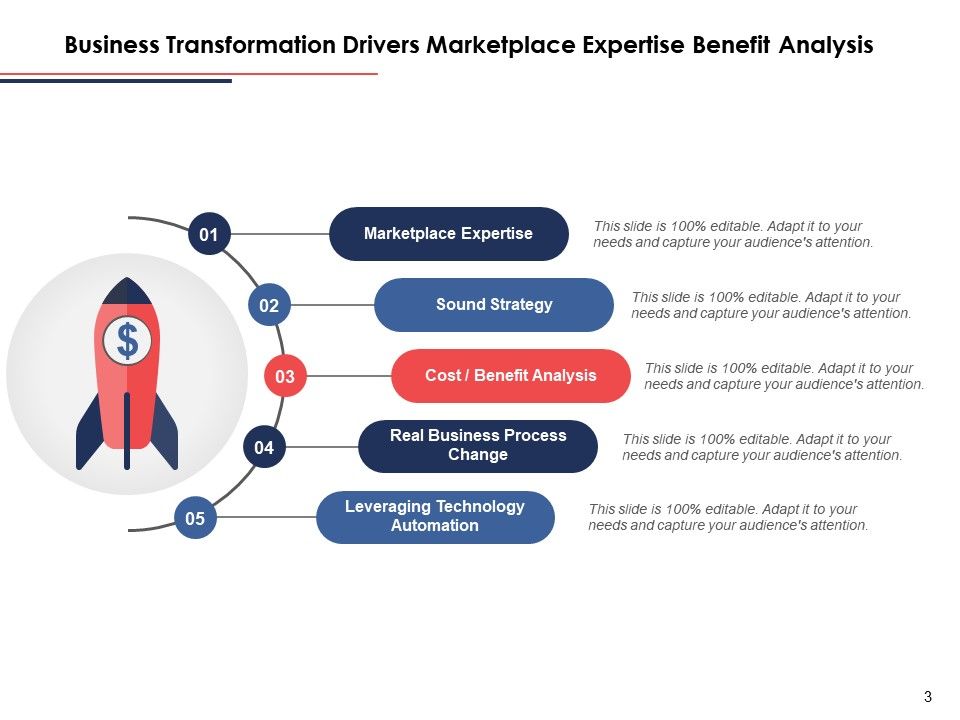
Newborn screening (NBS) is a population-based program with a goal of reducing the burden of disease for conditions with significant clinical impact on neonates. The enhancement of NGS methods can offer a precise diagnosis of the mitochondrial disorder within a short period at a reasonable expense for both research and clinical applications. The ever-growing roster of possible mutations has led to the development of next-generation sequencing (NGS). Although each sequencing method has its own limitations, genetic sequencing can be an alternative to traditional diagnostic methods. However, sequencing can be time consuming, and Sanger sequencing can result in the missed recognition of larger structural variations such as CNVs or copy-number variations. Variable heteroplasmy levels, mtDNA depletion, and the identification of pathogenic variants can be detected through genetic sequencing, including the gold standard Sanger se-quencing. Several traditional diagnostic approaches, including magnetic resonance imaging of the brain, cardiac testing, biochemical screening, variable heteroplasmy genetic testing, identifying clinical features, and skeletal muscle biopsies, are associated with increased risks, high costs, a high degree of false-positive or false-negative results, or a lack of precision, which limits their diagnostic abilities for mitochondrial disorders. OXPHOS inadequacy due to large genetic lesions in mitochondrial as well as nuclear genes and homo-or heteroplasmic point mutations in mitochondrially encoded genes is a characteristic of heterogeneous, maternally inherited genetic disorders known as mitochondrial disorders that affect multisystemic tissues and organs with high energy requirements, resulting in various signs and symptoms. Mitochondria are major contributors to ATP synthesis, generating more than 90% of the total cellular energy production through oxidative phosphorylation (OXPHOS): metabolite oxidation, such as the β-oxidation of fatty acids, and the Krebs's cycle. Subsequently our approach allowed to observe the expected impact of vector genotoxicity on entropy level decay in an in vivo model of hematopoietic stem cell gene therapy based on tumor prone mice. Our proposed method was first validated and compared with two state of the art approaches in a specifically designed in vitro assay. We developed an advanced spline-regression approach that leverages on confounding effects to provide a normalized entropy index.

However, this measure can be affected by several technical variables such as the DNA amount used and the sequencing depth of the library analyzed and therefore the comparison across samples may be affected by these confounding factors. Shannon diversity index is adopted to evaluate the heterogeneity of the transduced population of gene corrected cells. Therefore, the analysis of vector integration sites present in the genomic DNA of circulating cells allows to determine the number of clones in the blood ecosystem. Hematopoietic cells originating from genetically modified stem cells will harbor insertions in specific genomic positions called integration sites, which represent unique genetic marks of clonal identity. Viral vectors are used to insert genetic material into semirandom genomic positions of hematopoietic stem cells which, after reinfusion into patients, regenerate the entire hematopoietic system. Part b modified with permission from ref. Genotyping data at each base are obtained through the differential hybridization of genomic DNA to each set of four features. To resequence a given base, four features are present on the microarray, each identical except for a different nucleotide at the query position (the central base of 25-bp oligonucleotides). The decoded sequence is listed along the top.


The y-axis depicts the measured signal at each cycle for one sequence both single and multiple (such as homopolymeric) incorporations can be distinguished from non-incorporation events. The identity of nucleotides used at each extension step are listed along the x-axis. Right: an example of raw data from Pyrosequencing, a cyclic-array method38.

The sequencing templates shown here have been produced by using the POLONY method40. The means of detecting incorporation events at individual array features varies from method to method. Left: repeated cycles of polymerase extension with a single nucleotide at each step. Examples of cyclic-array sequencing and sequencing by hybridization.a | Schematic of cyclic-array sequencing-by-synthesis methods (for example, 'fluorescent in situ sequencing', Pyrosequencing or single-molecule methods).


 0 kommentar(er)
0 kommentar(er)
